Expansion of Nuclear Energy Sector
The Nano Radiation Sensors Market is poised for growth due to the expansion of the nuclear energy sector. As countries seek to diversify their energy sources and reduce carbon emissions, nuclear power is gaining traction as a viable alternative. This expansion necessitates the implementation of advanced radiation monitoring systems to ensure safety and compliance with regulatory standards. The demand for nano radiation sensors is likely to increase as nuclear facilities require precise and reliable detection methods to monitor radiation levels. This trend suggests a robust growth trajectory for the nano radiation sensors market, driven by the need for enhanced safety measures in the nuclear energy sector.
Growing Awareness of Radiation Safety
The Nano Radiation Sensors Market is benefiting from a growing awareness of radiation safety among the general public and professionals alike. Increased media coverage and educational initiatives have heightened the understanding of radiation risks, leading to a demand for effective monitoring solutions. This awareness is particularly pronounced in sectors such as healthcare, where radiation exposure is a concern for both patients and medical personnel. Consequently, the market for nano radiation sensors is projected to expand as organizations seek to implement robust safety measures. The rising emphasis on safety protocols is likely to drive investments in advanced radiation detection technologies, further propelling market growth.
Rising Demand in Healthcare Applications
The Nano Radiation Sensors Market is witnessing a notable increase in demand for applications within the healthcare sector. The need for precise radiation monitoring in medical imaging and cancer treatment is driving the adoption of advanced nano radiation sensors. These sensors facilitate accurate dosimetry and patient safety, which are critical in radiology and oncology. According to recent estimates, the healthcare segment is expected to account for over 30% of the total market share by 2026. This trend indicates a growing reliance on innovative technologies to enhance patient care and safety, thereby fostering the expansion of the nano radiation sensors market.
Regulatory Compliance and Safety Standards
The Nano Radiation Sensors Market is significantly influenced by stringent regulatory compliance and safety standards imposed by various governmental bodies. These regulations necessitate the use of advanced radiation detection technologies in industries such as healthcare, nuclear power, and environmental monitoring. Compliance with these regulations not only ensures safety but also drives the adoption of nano radiation sensors. For example, the International Atomic Energy Agency has established guidelines that promote the use of advanced detection systems. As a result, the market is expected to witness a steady increase in demand, as organizations strive to meet these regulatory requirements while ensuring the safety of their operations.
Technological Advancements in Nano Radiation Sensors
The Nano Radiation Sensors Market is experiencing a surge in technological advancements that enhance the sensitivity and accuracy of radiation detection. Innovations in nanotechnology have led to the development of sensors that are not only smaller but also more efficient in detecting various types of radiation. For instance, the integration of advanced materials such as graphene and carbon nanotubes has shown promise in improving sensor performance. As a result, the market is projected to grow at a compound annual growth rate of approximately 12% over the next five years. This growth is driven by the increasing demand for precise radiation monitoring in sectors such as healthcare, nuclear energy, and environmental safety.

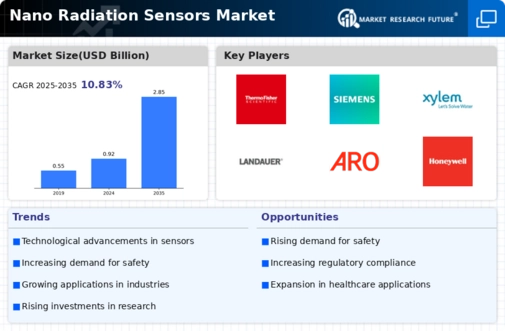
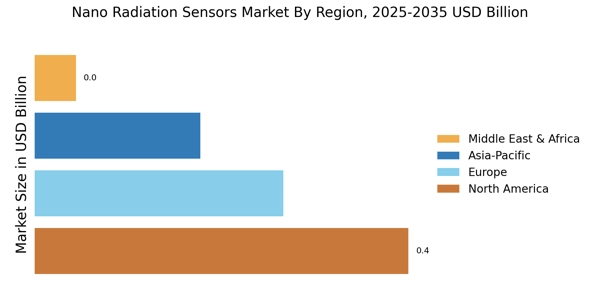

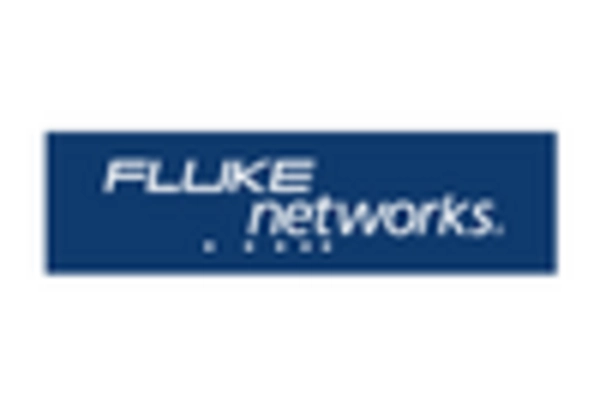
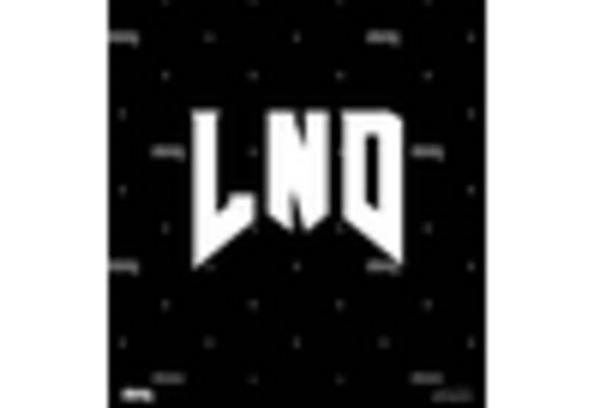

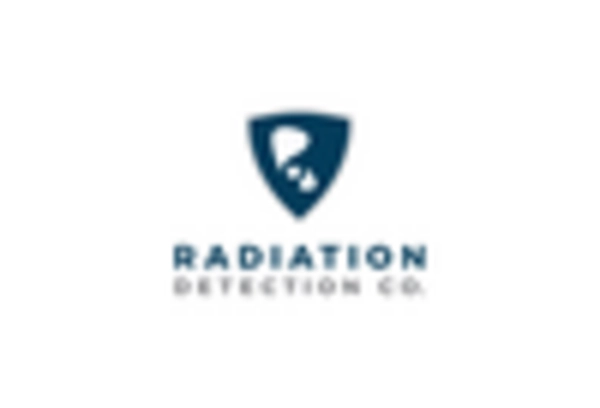









Leave a Comment